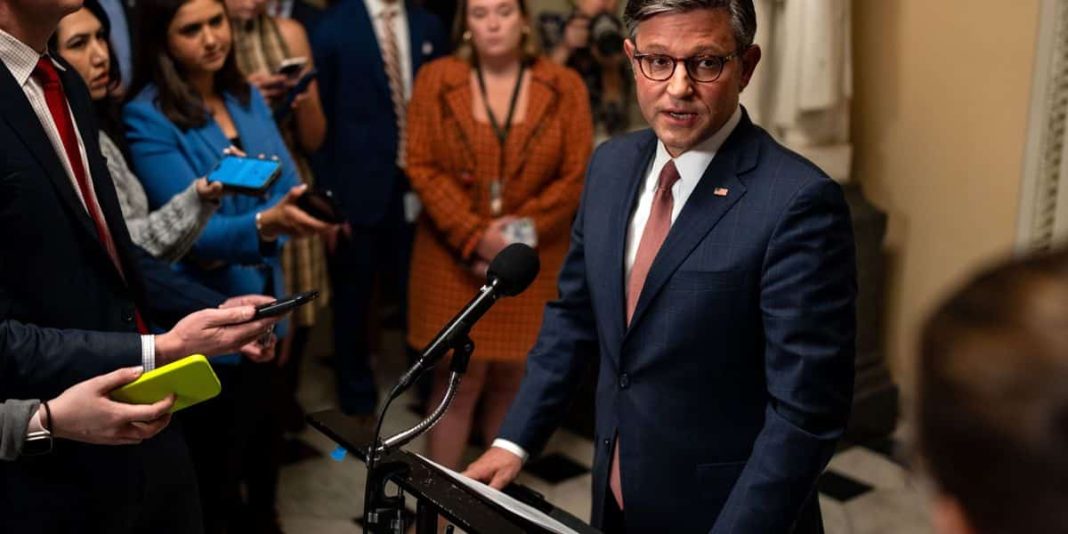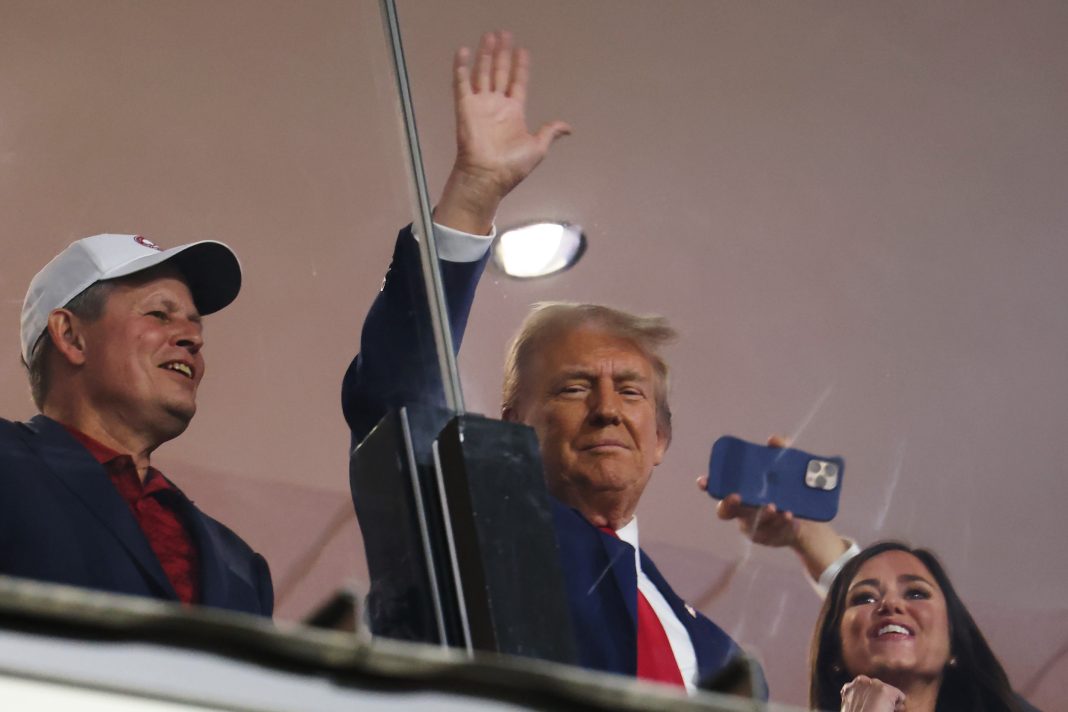Trump’s Fourth Wisconsin Rally in Eight Days Signals Key Battleground Strategy Ahead of Election
MADISON, Wis. – In a show of political force, former President Donald Trump is set to hold his fourth rally in Wisconsin in just eight days, underscoring the growing concern among Republicans about matching Democratic enthusiasm and mobilization efforts ahead of the November election. “In the political chatter class, they’re worried,” noted Brandon Scholz, a seasoned Republican strategist who, despite voting for Trump in 2020, is now disillusioned with both him and Democratic nominee Kamala Harris. “I think Republicans are right to be concerned.”
Trump’s latest rally is scheduled for Sunday at 2 p.m. Central in Juneau, located in Dodge County, a region he dominated in the 2020 election with 65% of the vote. Local GOP Chairman Jack Yuds spoke confidently about the current level of support for Trump, stating, “I can’t keep signs in. They want everything he’s got. If it says Trump on it, you can sell it.” Still, the stakes in Wisconsin remain incredibly high; the state has only backed the Republicans once in the past four decades—when Trump clinched it in 2016.
The numbers tell a close story: Trump’s narrow victory over Hillary Clinton in 2016 came by less than 23,000 votes, while his loss to Joe Biden in 2020 was by just about 21,000. With historical voting patterns making Wisconsin a perennial battleground, both campaigns are gearing up for an intense contest that could pave the way to the White House.
Adding another layer to their strategy, Trump made his first-ever visit to Dane County—home to the liberal stronghold of Madison—just this week. Despite being a traditionally blue area that gave Biden over 75% of the vote in 2020, former Governor Scott Walker emphasized the need for a “72-county strategy” for any Republican to clinch statewide victory.
Evidently, both campaigns have been ramping up their advertising efforts to sway voters in this crucial state. Since Harris officially entered the race on July 23, Trump’s campaign and affiliated groups have outspent her and her supporters by about $4 million in Wisconsin—$35 million to $31 million. However, from October 1 to November 5, the tables may turn; Harris’s campaign has reserved more than $25 million in advertising, compared to Trump’s $20 million.
Staffing efforts also paint a picture of commitment; the Harris campaign boasts 50 offices across 43 counties and over 250 workers, while Trump’s team manages 40 offices statewide. Harris drew a crowd of over 10,000 supporters during a recent Madison rally and made headlines with her appeal to moderate and dissatisfied conservatives in Ripon—known as the birthplace of the Republican Party—alongside former U.S. Rep. Liz Cheney, a frequent critic of Trump.
While Trump remains optimistic about flipping Wisconsin and has also set his sights on Michigan and Pennsylvania—two other pivotal states that swung from Republican to Democratic between the 2016 and 2020 elections—senior adviser Chris LaCivita cautions that the battleground is tight. “Wisconsin, tough state,” he remarked. “But where we are organizationally now compared to four years ago, it’s completely different.”
Polls suggest the race in Wisconsin is neck-and-neck, with both parties displaying high enthusiasm levels. Mark Graul, who managed President George W. Bush’s 2004 campaign in the state, emphasized that the key to success lies in persuading infrequent voters to cast their ballots. “Much more important, in my opinion, than rallies,” he concluded, drawing attention to the importance of outreach beyond the energetic campaign stops.
As both campaigns head toward a decisive election, Wisconsin undoubtedly remains a forefront battleground—a state that could very well determine the next president. Whether Trump’s aggressive rally schedule will incentivize turnout amid growing concerns or if Harris’s relentless organization will prevail is a storyline that’s sure to unfold in the weeks to come.



